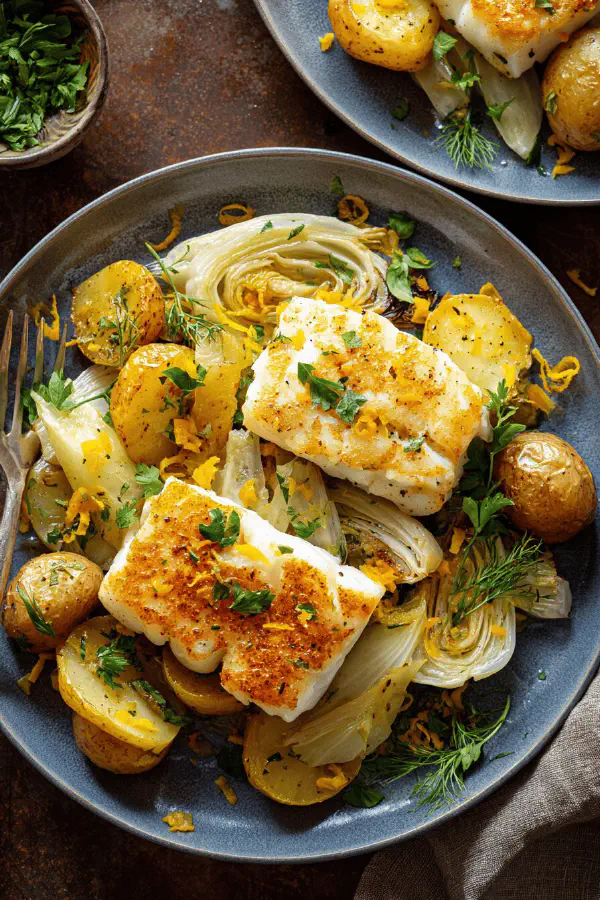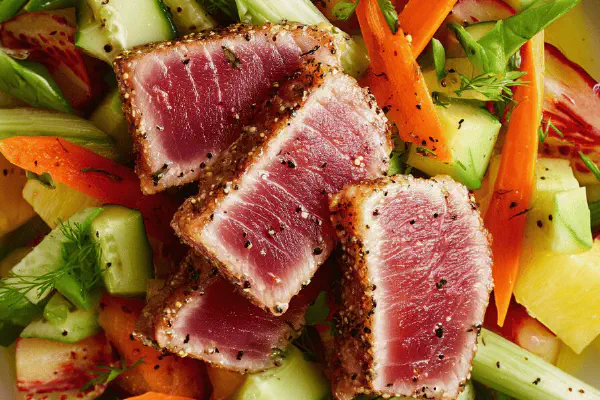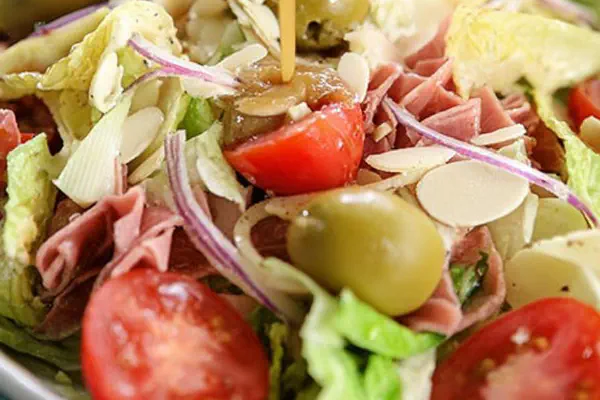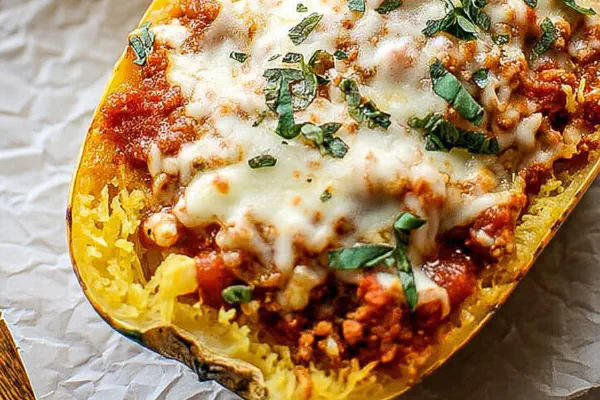Featured Recipe
Cod Orange Fennel Leek

By Kate
"
Cod fillets pan-seared, served on a bed of tender roasted fennel, leek, and baby potatoes. Citrus zest brightens and lifts flavors. Sautéing slow and steady breaks down the root vegetables, caramelizing edges, mellowing sweetness. A splash of white wine adds depth. Adjust heat for perfect crisp fish skin, soft inside. Parsley crown freshness. No dairy, gluten, nuts, or eggs. A balanced, light fish dish highlighting technique over fuss.
"
Prep:
25 min
Cook:
40 min
Total:
65 min
Serves:
4 servings
cod
fennel
leek
dinner
healthy
Introduction
Soft leeks, sweet fennel sliced paper-thin, potatoes coaxed into buttery tenderness without butter. Olive oil does the heavy lifting here. Steadiness over speed. The sizzle sound softens as vegetation sweats, transforming starch to velvety bits with crisp edges. The fish? Simple, clean, its skin crisps like a whisper. The zest of orange—sharp, bright—cuts through the olive oil’s richness. Parsley isn’t a garnish but a fresh counterpoint, herby and green. No dairy to smother, no gluten to complicate. Skipping eggs or nuts keeps it clean, uncomplicated. Every texture distinct yet working together; light but satisfying. It’s about knowing when potatoes yield to touch, when fish releases from pan, when the aromas shout caramel. Little tricks—dry fish, don’t crowd pan, low heat for roots—transform humble into something resilient and balanced. Minimal fuss, maximum control. The kitchen hums gentle, patient, confident.
Ingredients
About the ingredients
Substitute fingerling potatoes with Yukon Gold for a creamier texture but expect longer cooking time to fully soften. Leeks can be swapped for spring onions but flavor will be sharper. If fennel’s unavailable, celery root or celeriac offers similar aromatic earthiness but chop finer to reduce cooking time by 5-7 minutes. Garlic can be replaced with shallots for less pungency but longer cook time to caramelize properly. Olive oil is preferred for its fruity, grassy notes and moderate smoke point but avocado oil works well if you want a neutral taste and higher heat tolerance. Orange zest essential for brightness; lemon or even grapefruit zest can be used but in smaller quantity to avoid overpowering. Parsley adds freshness and color; flat-leaf preferred over curly for better flavor release. Avoid pre-cut vegetables to control thickness and cook times accurately. Dry fish well to promote browning; wet fish will steam and lose crisp texture.
Method
Technique Tips
Vegetables require low to medium heat to slowly break down starches and sugars, creating caramelization without burning. Patience essential. Stirring too often prevents Maillard reactions, stirring too little risks uneven cooking. Visual cues: potatoes turn translucent, edges slightly browned, fennel soft and releasing mild licorice aroma, leek sweet and limp. Testing: pierce potatoes—they should yield easily but not collapse. Garlic adds aroma; do not let brown too early or it will turn bitter. For fish, pan must be hot and oil shimmering but not smoking to achieve crust. Place fillets away from you to avoid splatter injuries. Resist flipping more than once; wait until fish releases easily. Check fish for slight translucence in center or use thermometer 54-56°C just off heat for tender texture. Season fish before and immediately after flipping for flavor layering. Rest fish briefly to let juices redistribute. Use residual heat of vegetables and plated fish juices for moist, integrated dish. Clean pan juices with a splash of wine or water if too sticky. Serving on warm plates keeps dish at ideal eating temperature longer. Leftovers best reheated gently to maintain texture. Keep citrus zest fresh to prevent bitterness.
Chef's Notes
- 💡 Fish skin? Dry well with paper towels. Less moisture means golden crispy skin. Undesired moisture leads to steaming, loss of texture.
- 💡 Vegetables need low heat. Slow cooking transforms starches to sweet, tender texture. Don't rush. Turn down heat if caramelizing too fast.
- 💡 Timing crucial. Aromas tell you. Potatoes become translucent when soft. Fennel releases a mild licorice scent. Keep checking, don't stir too much.
- 💡 Splash of white wine should be just enough. Not too wet. Helps with caramelization. Adds depth. A light drizzle works best.
- 💡 Patience makes a difference. Fish should release from pan easily. Wait. Flip only once for nice crust. Internal temp should be 54-56°C.
Kitchen Wisdom
How to ensure fish doesn't stick to pan?
Use nonstick skillet, preheat well. Dry fish properly. Brush with oil before placing.
What if my potatoes aren't soft?
If firm, cover pan briefly. Trap steam for a few minutes. Cook until tender. Don't skip texture check.
Best way to store leftovers?
Refrigerate well covered. Reheat in oven wrapped in foil. Keeps moisture. Avoid microwave.
How to add more flavor?
Use different citrus zest. Lemon or grapefruit can work too. Substitute garlic with shallots for milder taste.



